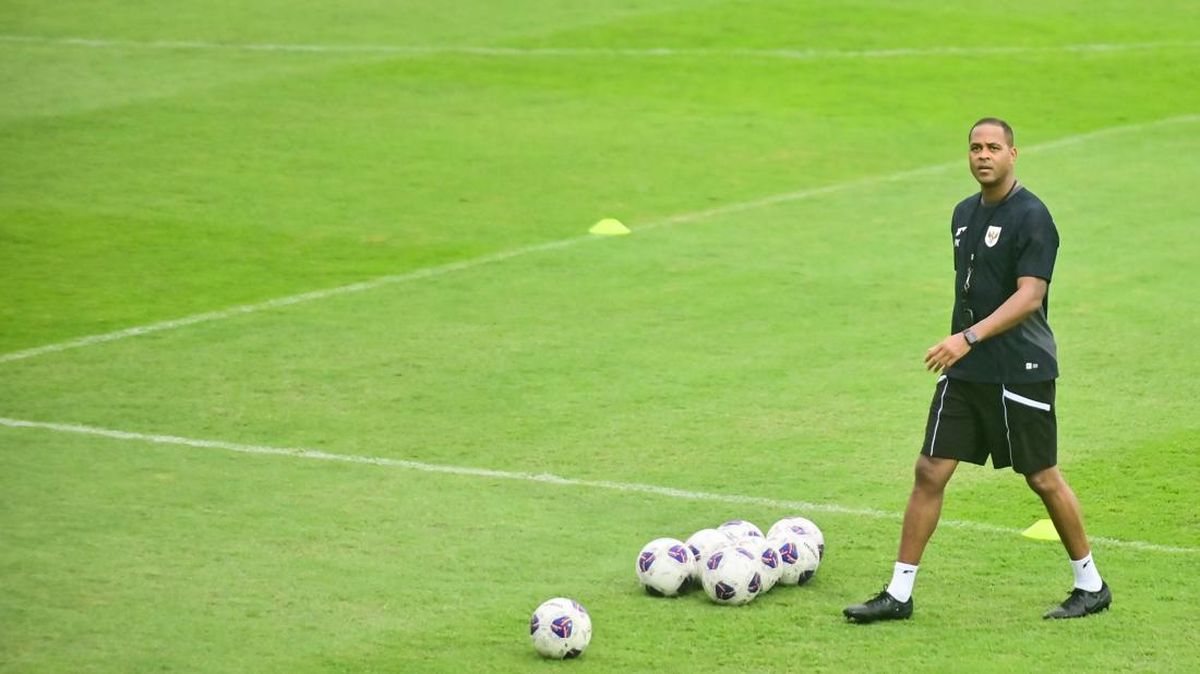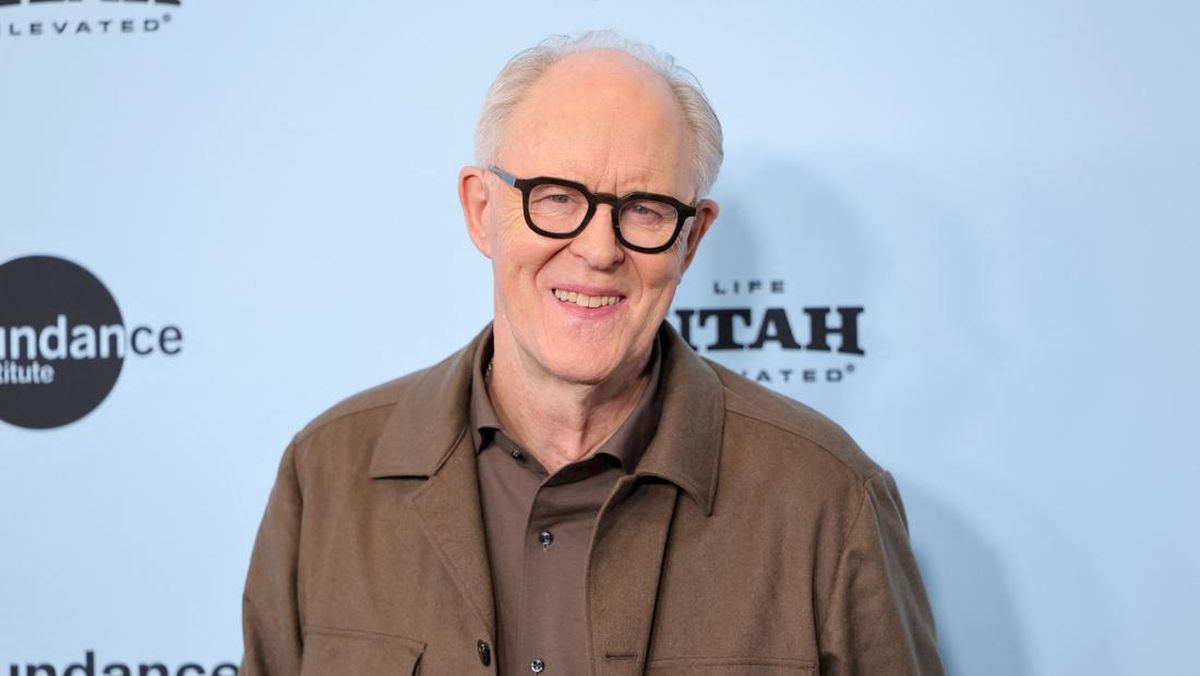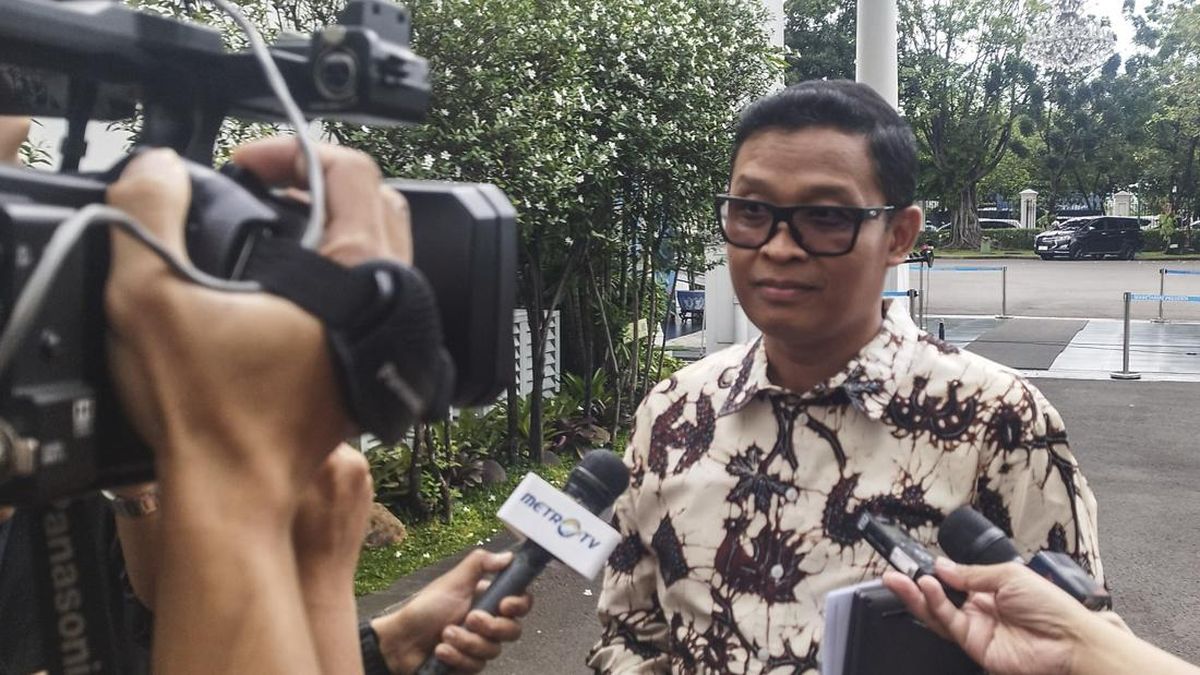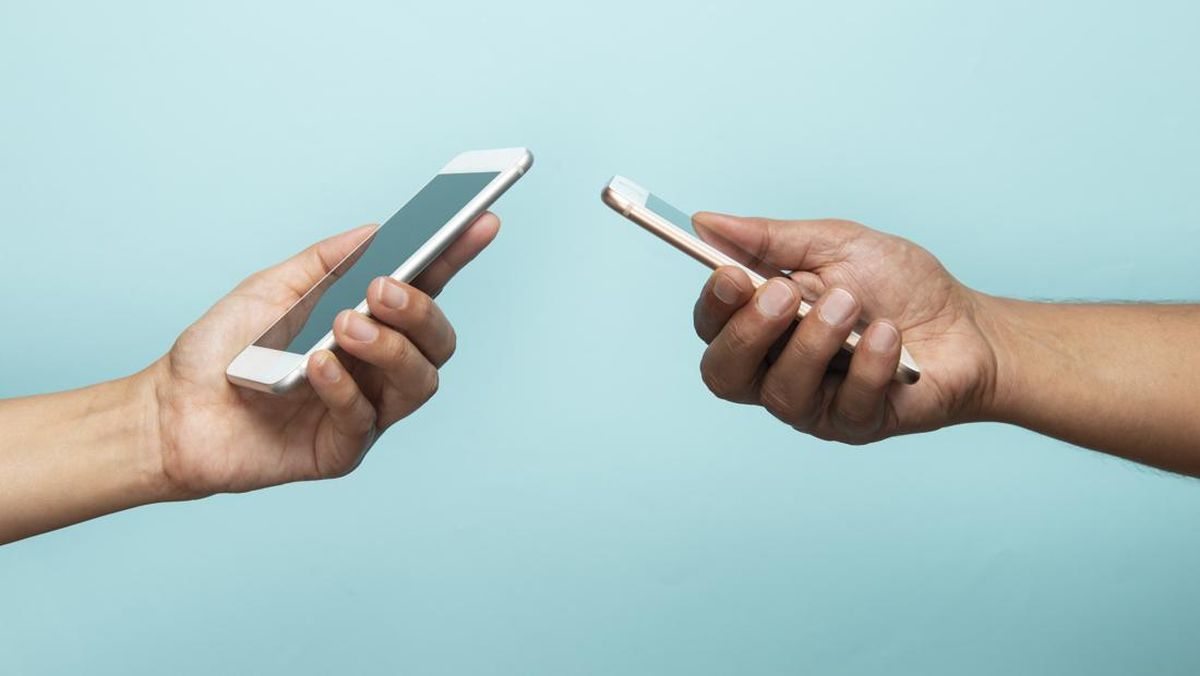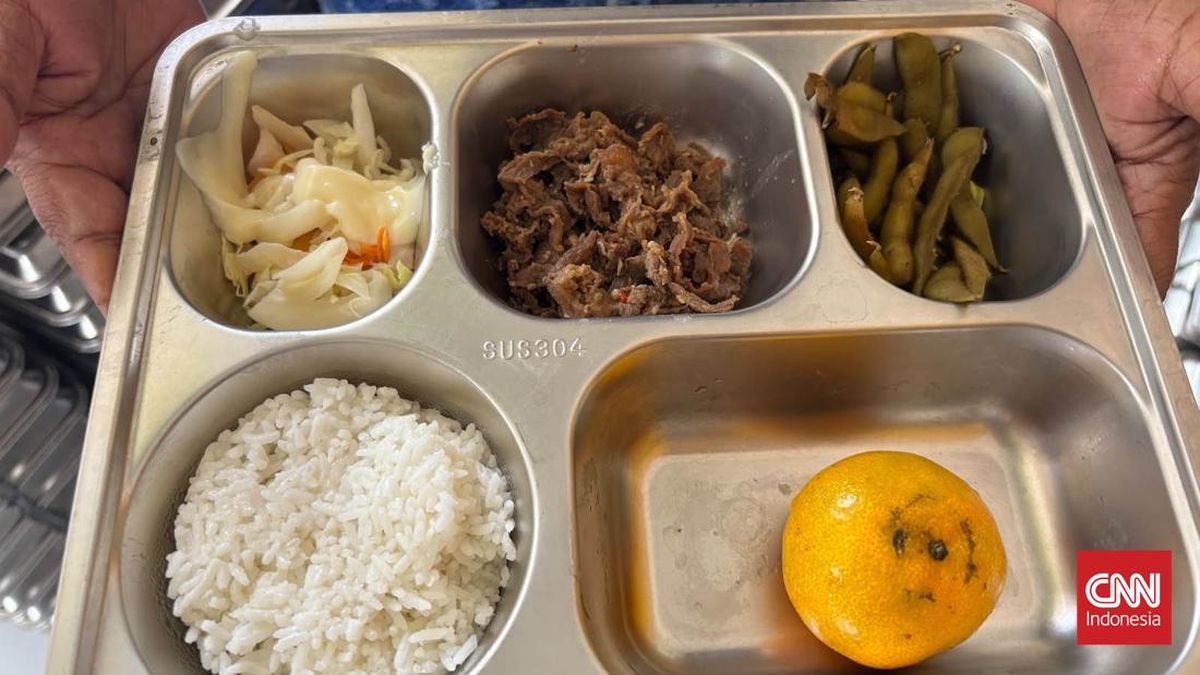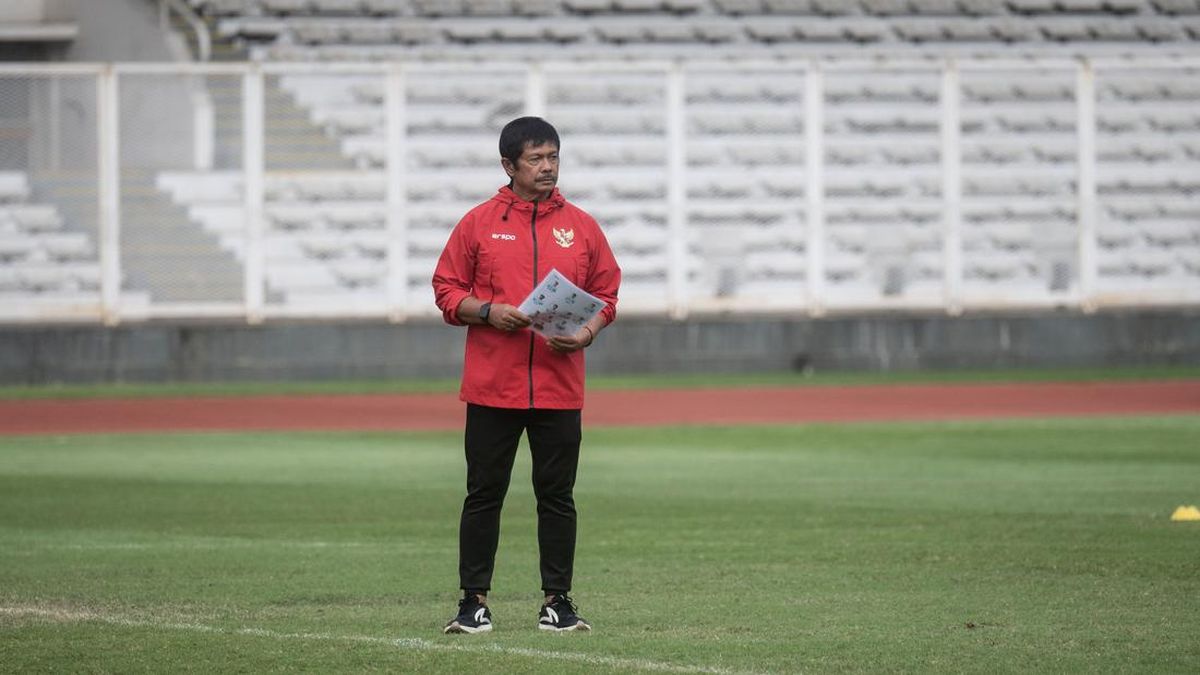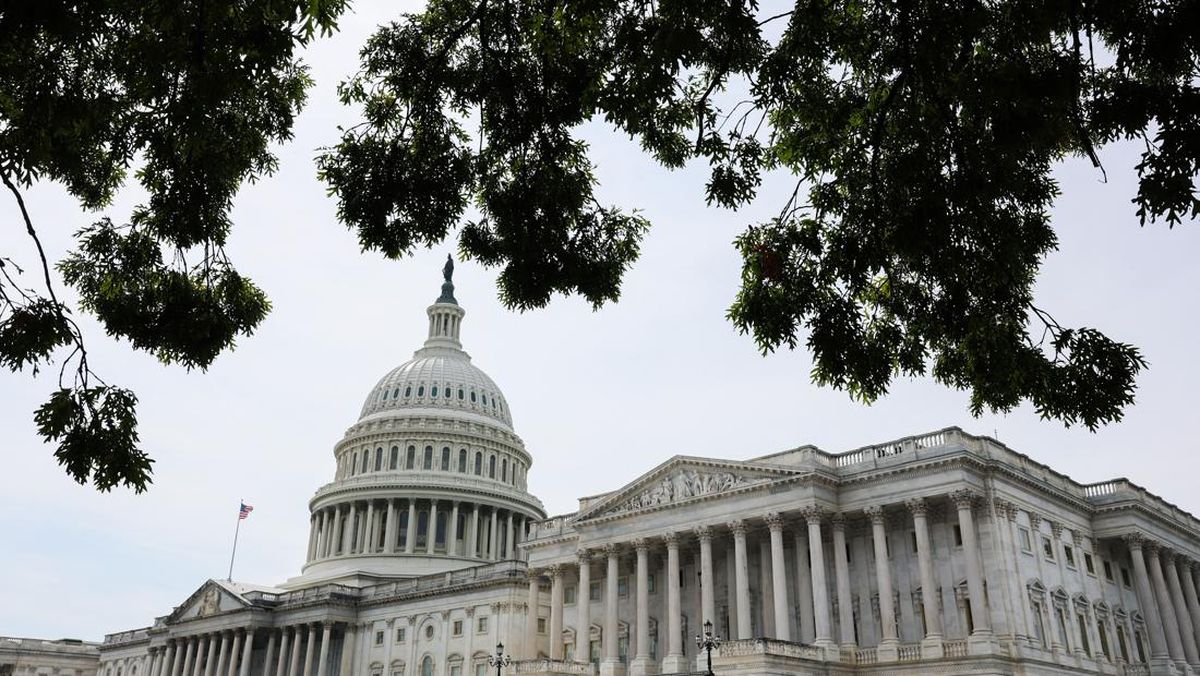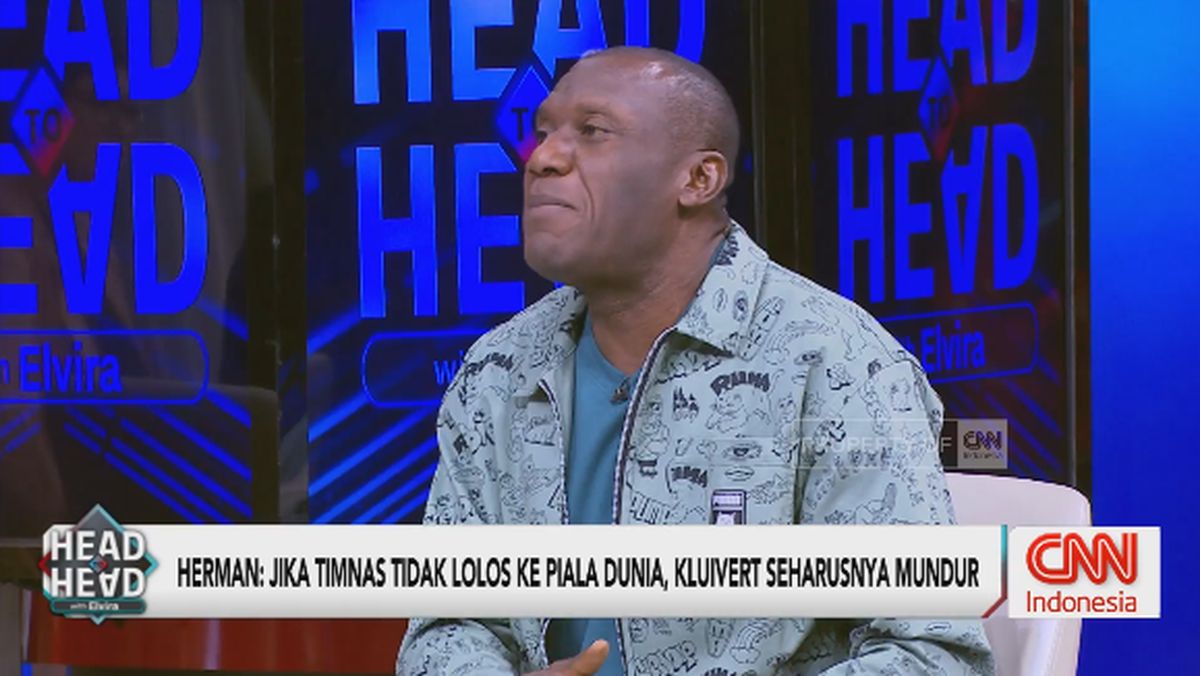The first sign something unusual was happening was the vanilla slice.
The first-year students at the University of Melbourne’s school of chemistry had been listening to Professor Richard Robson give his weekly tutorial when the school head shuffled in, holding the dessert – Robson’s favourite.

Professor Robson with a student during a lesson at the University of Melbourne on Thursday after being awarded the Nobel Prize in Chemistry.Credit: AP
Robson was to be congratulated, she said. He’d just won the Nobel Prize in Chemistry.
A humble slice for a deeply humble man. Robson, 88, finished his voluntary lecture, talked to some colleagues about an experiment he had run Wednesday night, and then skipped out on the university’s celebratory afternoon news conference.
“This is definitely his worst nightmare,” said Professor Paul Donnelly, who holds the university’s Richard Robson Chair of Chemistry and works closely with him.
Earlier, Robson told the Nobel organisers there were “upsides and downsides [to winning the prize].
“I’m quite old now. Handling all the nonsense that’s going to happen is going to be hard work.”
Robson’s invention – “metal-organic frameworks” – is both simple and intricately complex.
“Some people thought it was a whole load of rubbish. But it didn’t turn out that way,” Robson said.
He discovered that by strapping electrically charged metal atoms together using carbon-containing links, he could create hollow, diamond-like crystals.

“Some people thought it was a whole load of rubbish. But it didn’t turn out that way”: Professor Richard Robson.Credit: Zoya John
That gave them a unique property: they could absorb things, like a sponge. A teaspoon of Robson’s crystals “has the surface area of a football field”, said Professor Deanna D’Alessandro, director of the Net Zero Institute.
“That’s still something those of us who have worked in the field for many years struggle to get our heads around, how that is possible,” said Professor Matthew Hill, head of the department of materials science and engineering at Monash University.
A second unique property: by choosing different metal atoms and links, Robson could change the shape of the holes in the crystals with atomic precision so only certain types of molecule could fit through.
Essentially, he had invented a science-fiction sponge, extraordinarily absorbent and able to target a single chemical from an ocean. “That’s why they are so useful. You can use the tiny holes to do a whole range of practical things,” said D’Alessandro.
As our world has become increasingly awash with chemicals, the value of Robson’s super-sponges has grown apace. Scientists now hope to use them to pull PFAS from polluted rivers, or even suck planet-warming CO² out of the atmosphere.
A ‘second-rate’ scientist come good
Robson was never particularly thrilled about a career in chemistry. “I always felt second-rate for not being a mathematician. I sort of drifted into it,” he told the Nobel organisation.
Robson described himself as a classic lone scientist, “an obsessive individual, neglecting other responsibilities”.

Robson said he always felt “second-rate for not being a mathematician”.Credit: AP
In the ’70s, he was employed at the university to build molecular models to help students understand how the world worked. In Robson’s telling, his team were half-scientists, half-draftsmen, working out the lengths and angles of atomic bonds and then building them from wooden balls and metal rods.
Inspiration struck while Robson was boring holes in the balls, each at a precise angle. When the rods were added, a box of balls was transformed into a complex shape. Once you got the nodes right, the shapes essentially self-assembled, he thought. Could it work in real life?
But then Robson was pulled away by other work – only coming back to the idea once a year, when giving a lecture on a similar topic. “I really ought to do something with that,” he thought.
Loading
After a decade, he did. To his surprise and delight, the technique worked. Robson was able to connect copper ions together with carbon bonds, forming elegant crystals.
“This is a recognition of just curiosity-driven, discovery-based science. He just thought this would be an interesting approach to make new materials – and can we do it?” said Donnelly.
Metal ions usually bond to other metal ions in strong metal-metal bonds – that’s what gives steel its strength. By combining metal and organic carbon, Robson created a crystal that was strong but also light and flexible.
The models Robson originally worked with still exist. In fact, they sit inside the room Robson lectured in on Thursday morning, educating the next generation of young chemists.

It took decades for the value of Professor Robson’s crystals to become apparent to others.Credit: Paul Burston
Cleaning up the biosphere
As with many scientific advances, it took decades for the value of Robson’s crystals to become apparent to others.
It did not help that Robson himself is so humble. “Richard ran a very small, modest group. He is a very humble person. He wasn’t one to go to conferences too often, to be honest – he just liked to be left alone,” says Donnelly.
Loading
Indeed, Robson only attended his first International Conference on Metal-Organic Frameworks in 2018 – despite being the founding father of the field.
Robson’s co-laureates, Susumu Kitagawa and Omar Yaghi, found ways to stabilise the crystals, make them accurately and show that gases can flow in and out of them.
That advance is crucial. In Clayton, CSIRO has built a machine filled with kilograms of Robson’s crystals. The crystals have been selectively tuned to only absorb CO² from the air. The machine, called AirThena, uses solar power to flow air through the crystals, sucking out the planet-heating gas.
Absorbing CO² from the air is tricky because it is in relatively low concentrations. That’s why the crystals’ ability to absorb only the target molecule is so valuable, said Professor Matthew Hill, who worked on the device.
“It’s been a chat in our field for 20 years – someone is going to win a Nobel, who is it going to be?” Hill had long hoped it would be Robson. On Thursday, he was delighted to be proven right.
Start the day with a summary of the day’s most important and interesting stories, analysis and insights. Sign up for our Morning Edition newsletter.
Most Viewed in National
Loading


